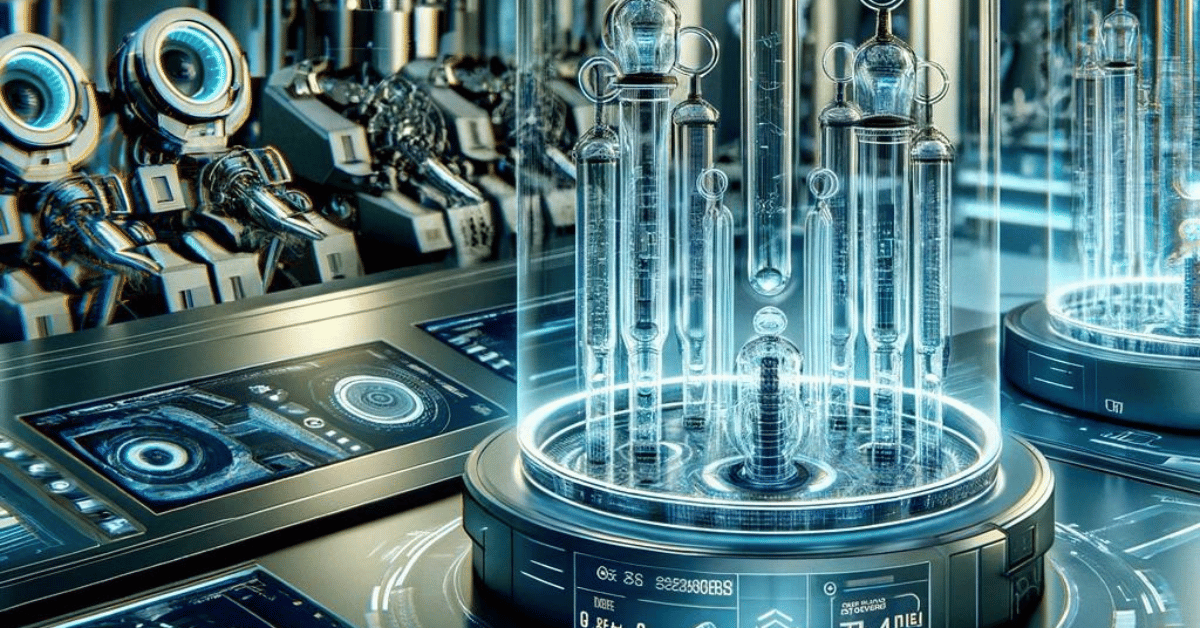
Centrifuge tubes play a pivotal role in scientific research and medical laboratories, facilitating the separation of substances based on density. The evolution of centrifuge tube design has seen remarkable advancements in recent years, leading to improved functionality, durability, and efficiency. In this article, we will delve into the latest innovations in centrifuge tube design and explore the future trajectory of this essential laboratory instrument, building upon prior articles that have provided valuable insights into choosing centrifuge tubes and understanding their types, uses, and best practices.
Building on Past Insights: Prior Articles
In our prior articles, “5 Key Considerations When Choosing Centrifuge Tubes” and “The Ultimate Guide to Centrifuge Tubes” we delved into crucial aspects of selecting centrifuge tubes and understanding their diverse applications. These articles provided valuable insights that form the foundation for understanding the significance of the latest innovations in centrifuge tube design.
Enhanced Materials for Durability and Stability
A pivotal advancement in centrifuge tube design is the utilization of advanced materials to enhance durability and stability. Manufacturers have increasingly turned to high-quality plastics such as polypropylene and ultra-clear polyethylene to ensure that centrifuge tubes can withstand high speeds and harsh chemical environments, building upon the considerations outlined in our prior articles.
To explore our range of centrifuge tubes crafted from high-quality materials, click here.
Ergonomic and User-Friendly Designs
In response to the demand for user-friendly laboratory equipment, centrifuge tube manufacturers have placed a significant focus on ergonomic design features, aligned with the considerations highlighted in our prior articles. This includes the development of tubes with easy-to-grip caps, secure sealing mechanisms, and prominent labeling areas for efficient sample identification.
Specialized Centrifuge Tubes for Diverse Applications
In recent years, there has been a surge in the development of specialized centrifuge tubes tailored to specific research and diagnostic needs, expanding upon the insights provided in our prior articles. These include ultra-clear tubes for optimal visibility, PCR tubes for nucleic acid amplification, and gradient centrifuge tubes for precise density gradient separations.
Integration of RFID Technology for Traceability
As laboratories embrace digitalization, centrifuge tube manufacturers are integrating RFID (Radio-Frequency Identification) technology into their products, aligning with the best practices elucidated in our prior articles. This technological integration represents a significant leap forward in enhancing the transparency and reliability of laboratory operations.
The Future of Centrifuge Tube Design
Looking ahead, the future of centrifuge tube design holds immense potential for further innovation, building upon the foundational knowledge provided in our prior articles. Advancements in 3D printing technology and the integration of smart sensors and IoT capabilities could revolutionize the way centrifuge tubes are monitored and controlled, ushering in a new era of precision and automation in laboratory centrifugation.
To stay updated on the latest developments in centrifuge tube design, visit our news and updates.
By building upon the insights from our prior articles and staying informed about the latest developments in centrifuge tube design, laboratories can optimize their processes, improve research outcomes, and stay at the forefront of scientific advancement.

 10ml measuring Cup
10ml measuring Cup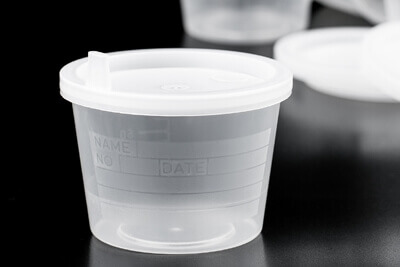 100 ml scaled Specimen Cup
100 ml scaled Specimen Cup 200 ml Sterile Specimen Cup
200 ml Sterile Specimen Cup 30 ml Specimen cup
30 ml Specimen cup 60 ml Specimen cup
60 ml Specimen cup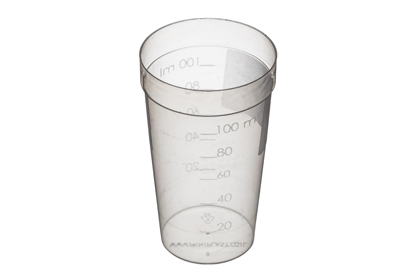 Polypropylene Titration cup 100ml
Polypropylene Titration cup 100ml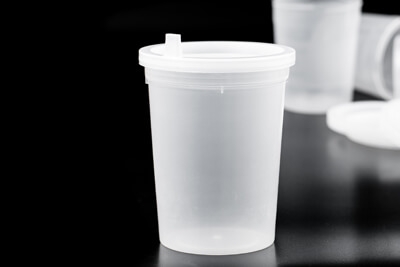 200 ml Specimen cup
200 ml Specimen cup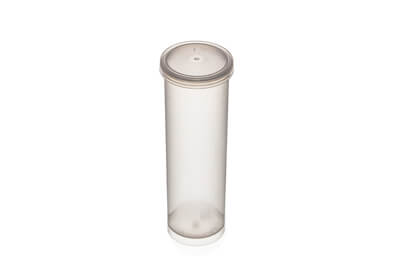 Milk test tubes
Milk test tubes 24 hour Urine Collection Containers
24 hour Urine Collection Containers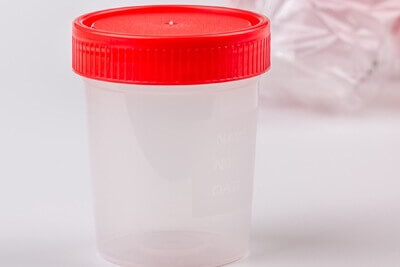 Urine Specimen Cups
Urine Specimen Cups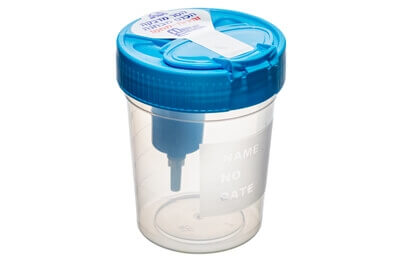 Urine Collection Cup + Cap with Two Openings
Urine Collection Cup + Cap with Two Openings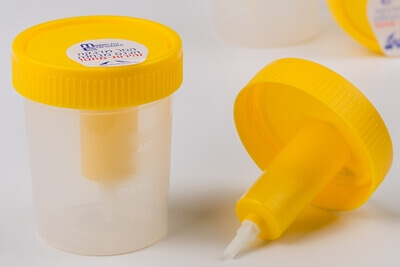 Urine Collection Container - Vacutainer
Urine Collection Container - Vacutainer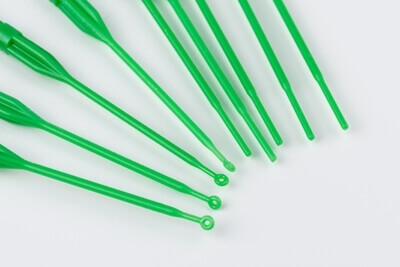 QuadLoop 1 uL & Needle end
QuadLoop 1 uL & Needle end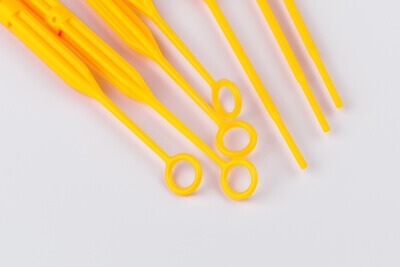 QuadLoop 10 uL & Inoculating needle end
QuadLoop 10 uL & Inoculating needle end QuadLoop 10 uL & Sphere end
QuadLoop 10 uL & Sphere end QuadLoop 1uL & Sphere end
QuadLoop 1uL & Sphere end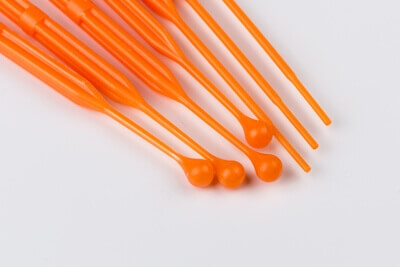 QuadLoop Needle & Sphere end
QuadLoop Needle & Sphere end Sterile Cell spreaders, Drigalski spatulas
Sterile Cell spreaders, Drigalski spatulas 15 ml Centrifuge Tubes
15 ml Centrifuge Tubes 30 ml Transparent PS Tubes
30 ml Transparent PS Tubes 50 ml Centrifuge Tubes
50 ml Centrifuge Tubes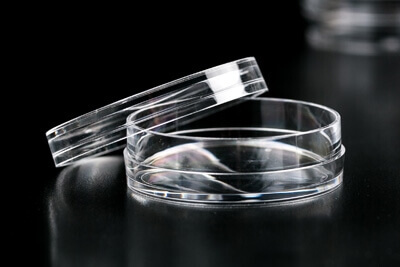 Petri dishes 50 mm (55x14.2)
Petri dishes 50 mm (55x14.2) Petri dishes PS 90 mm diameter (90X15)
Petri dishes PS 90 mm diameter (90X15)





